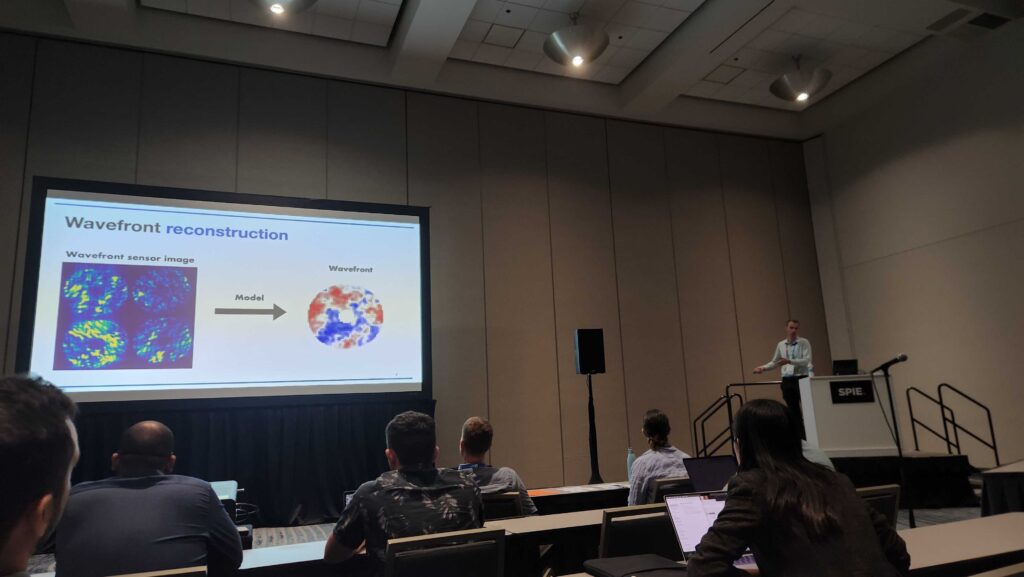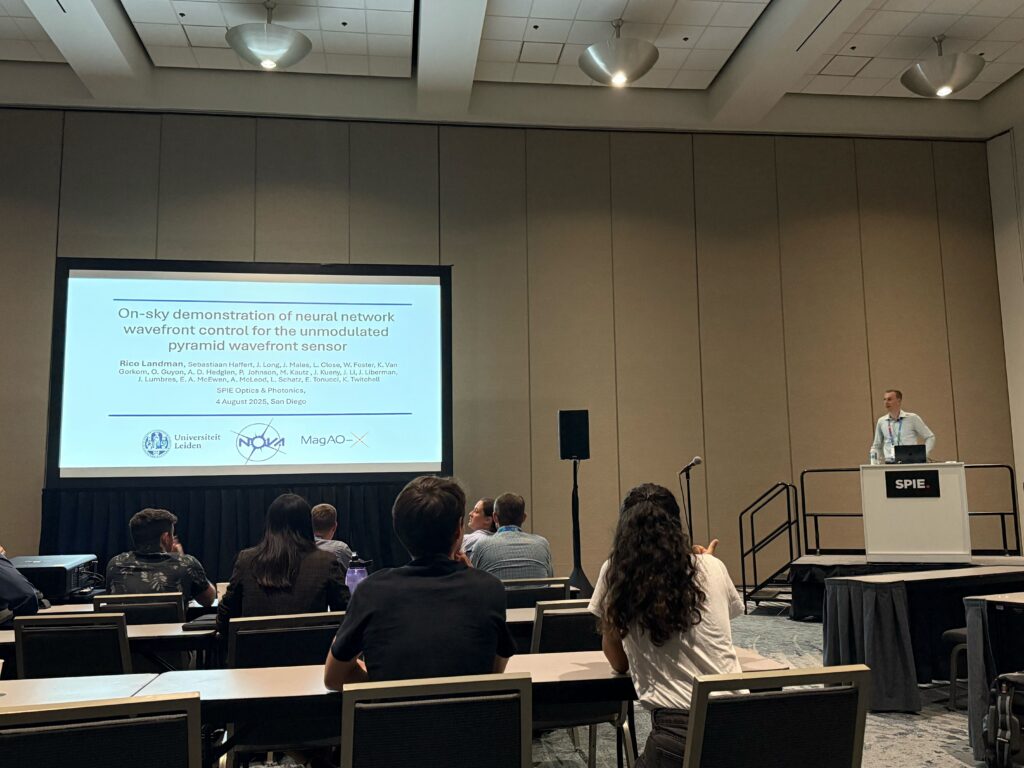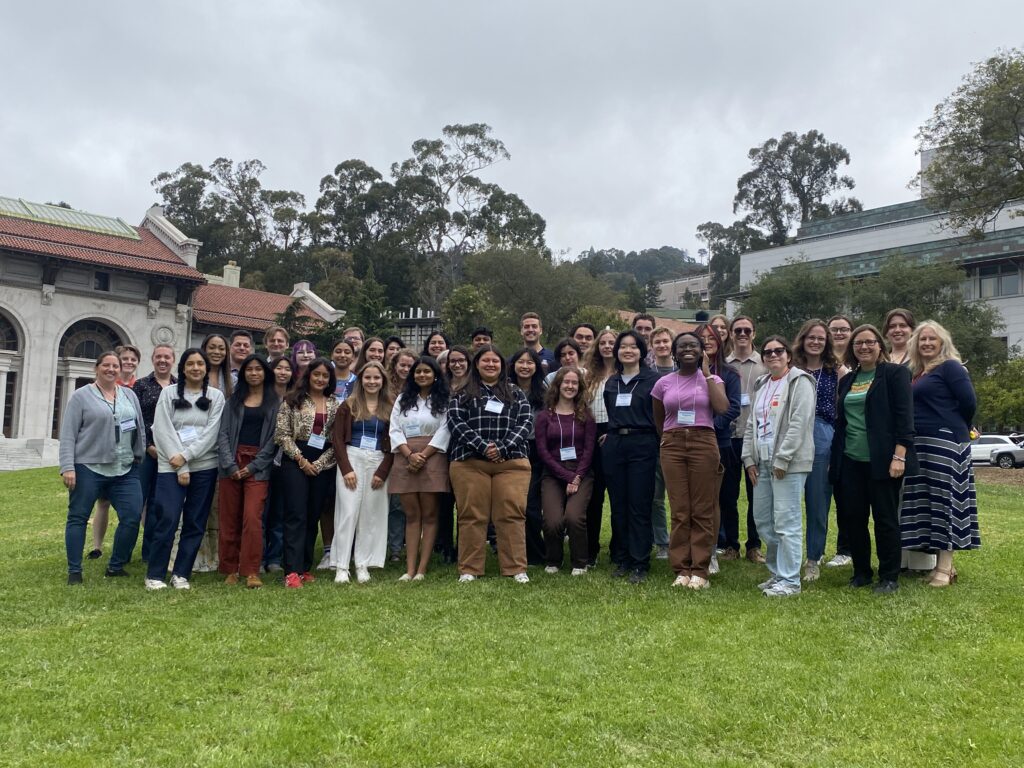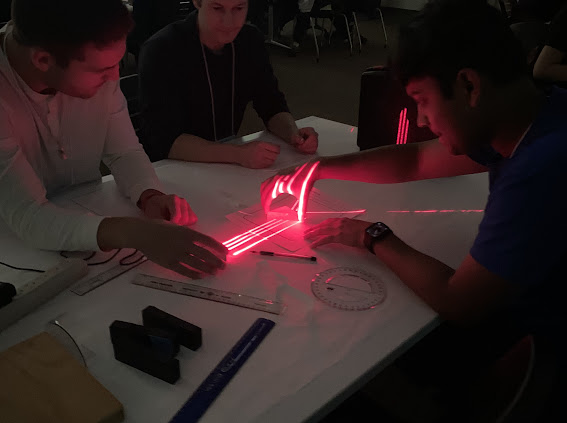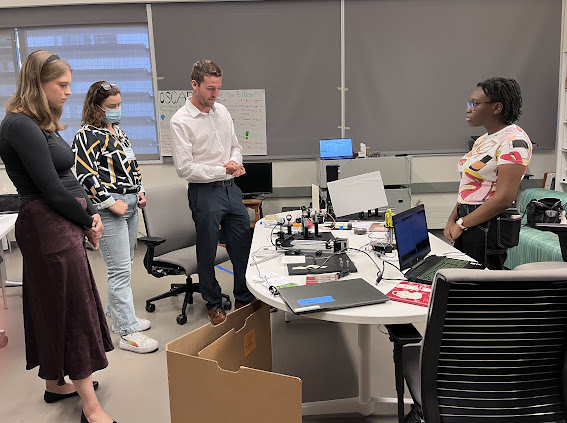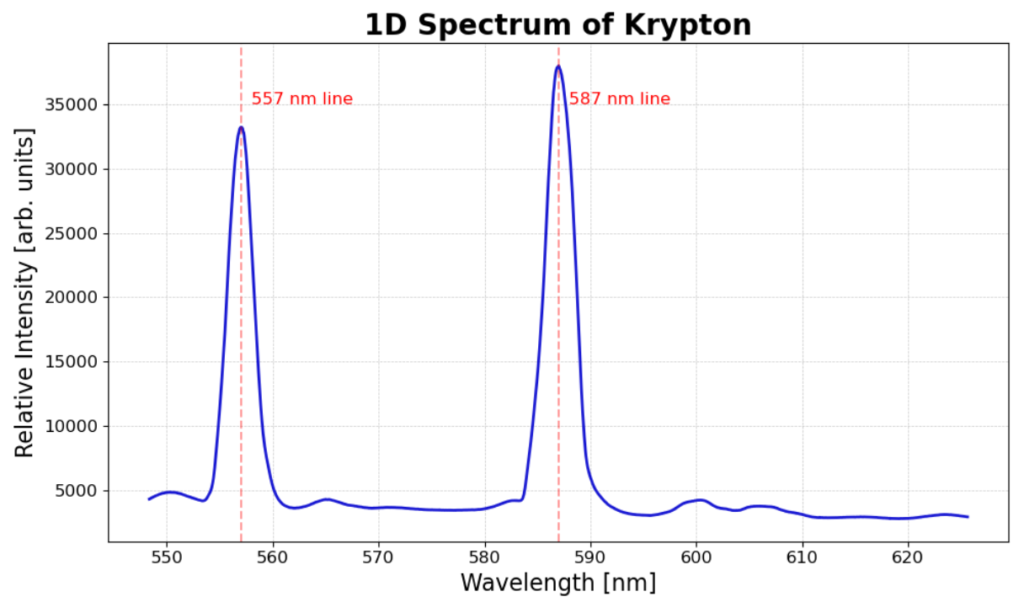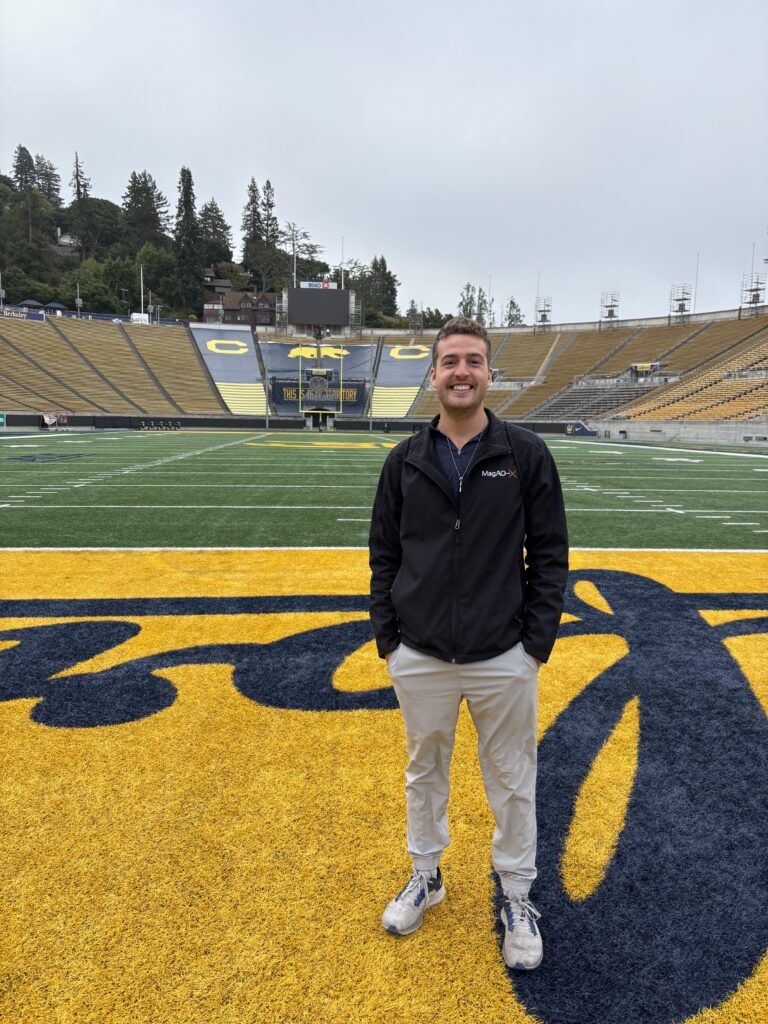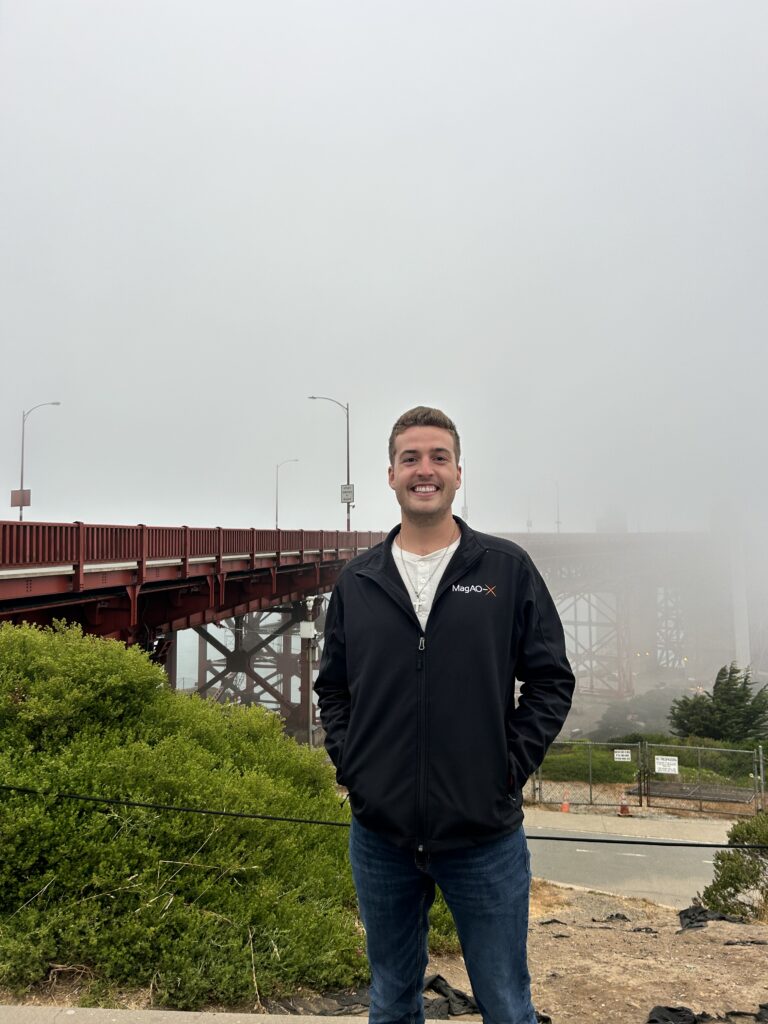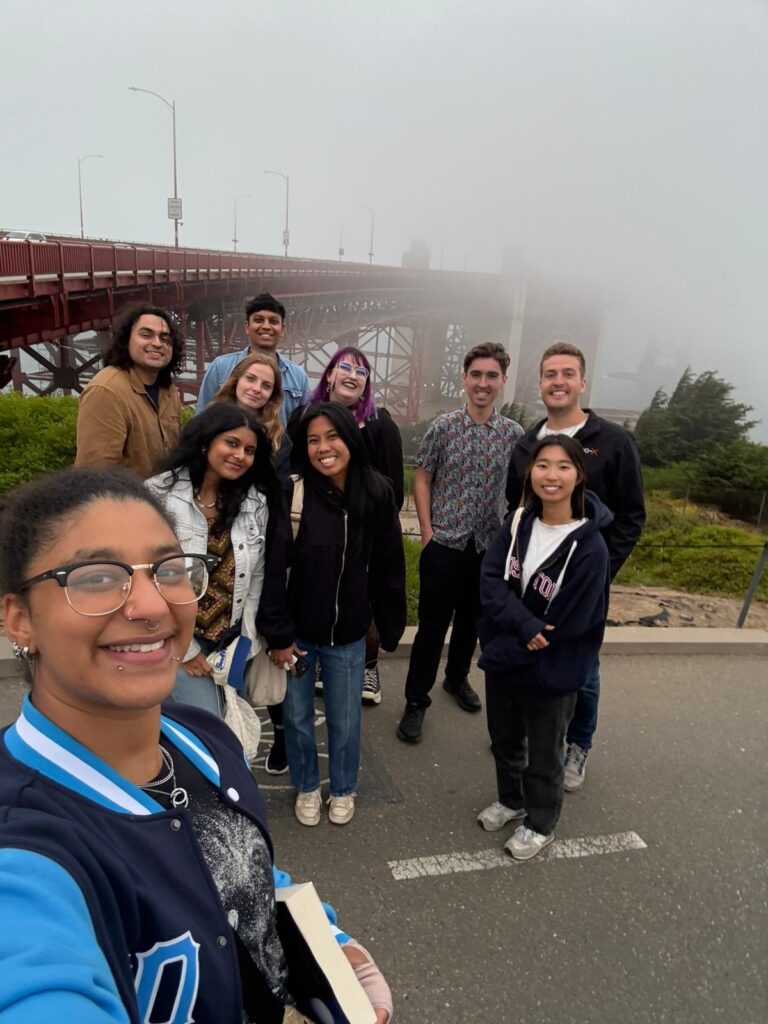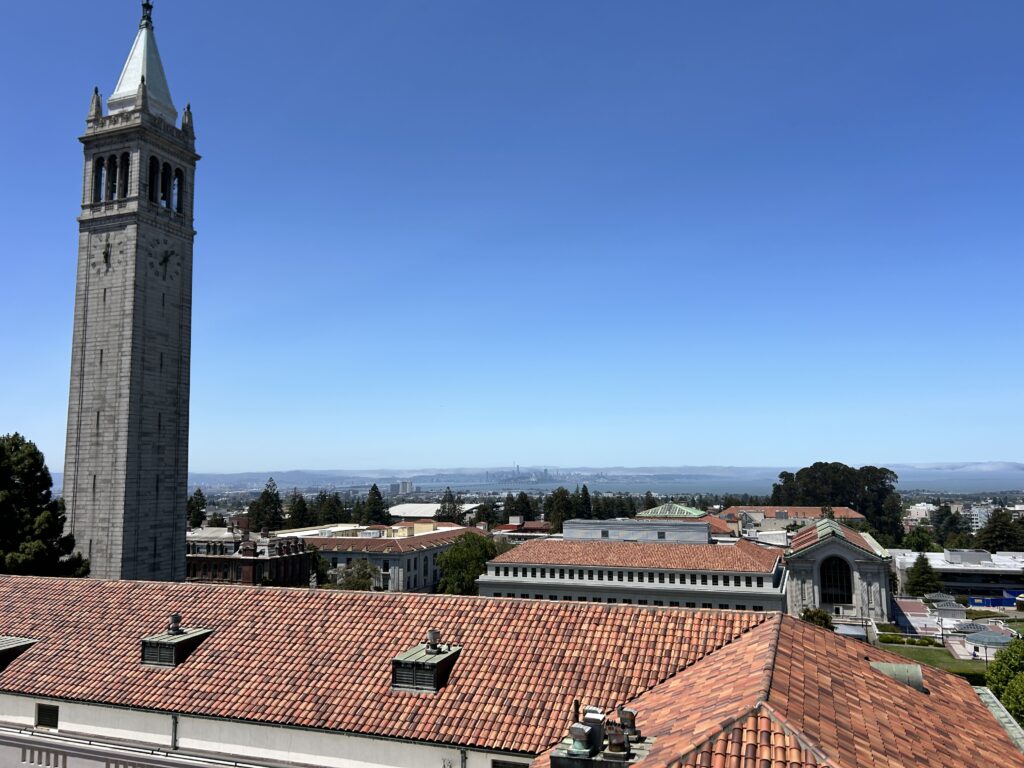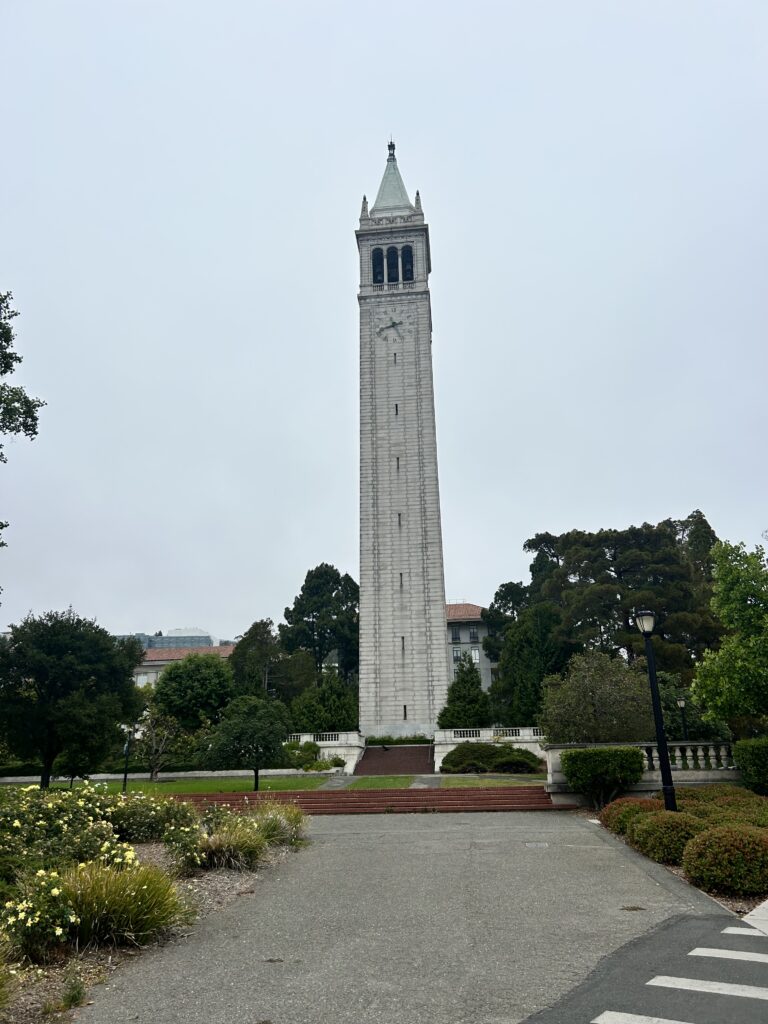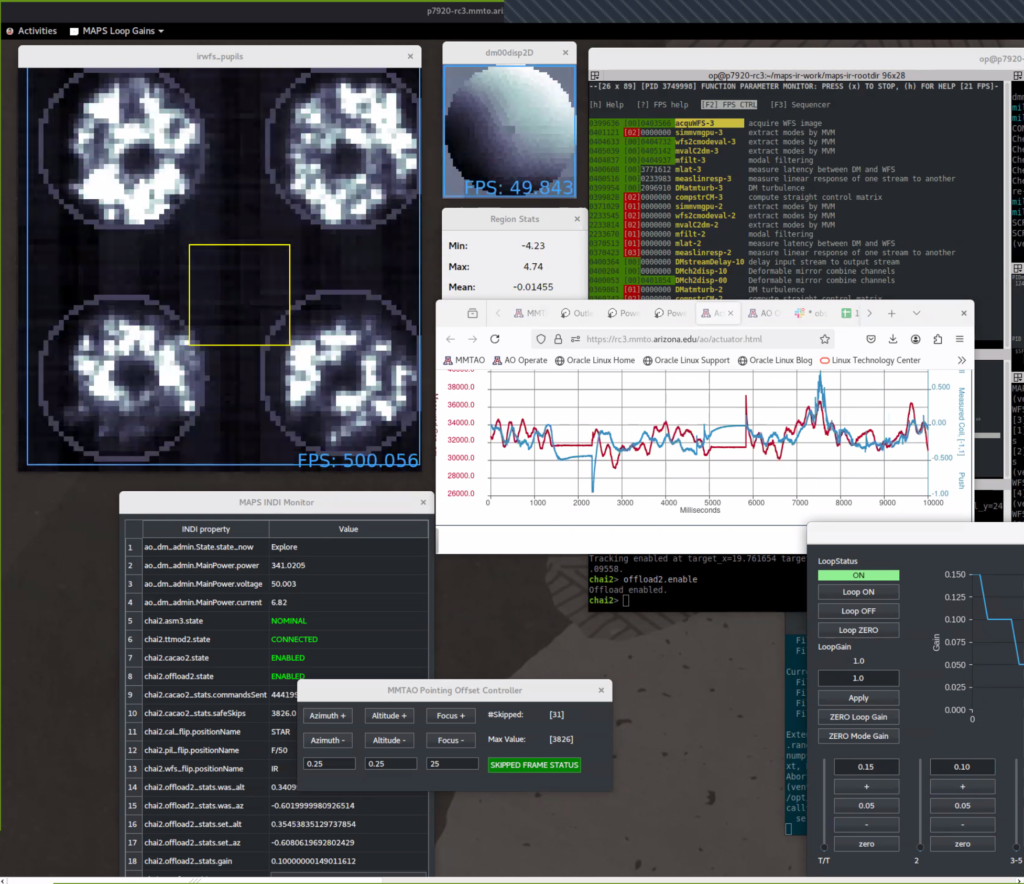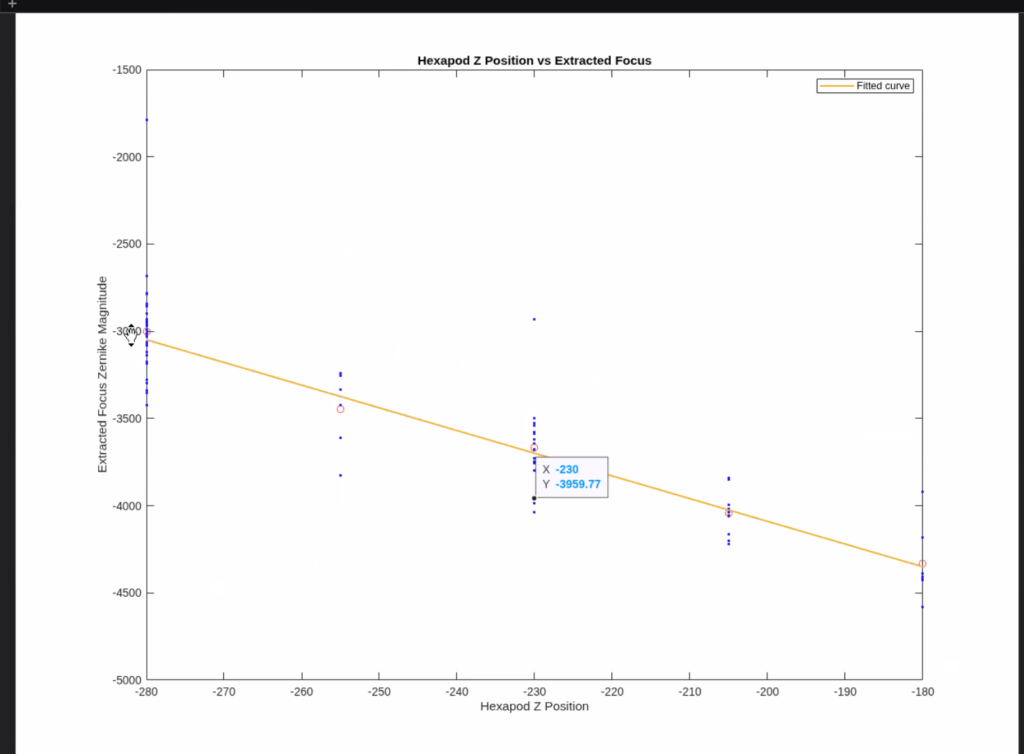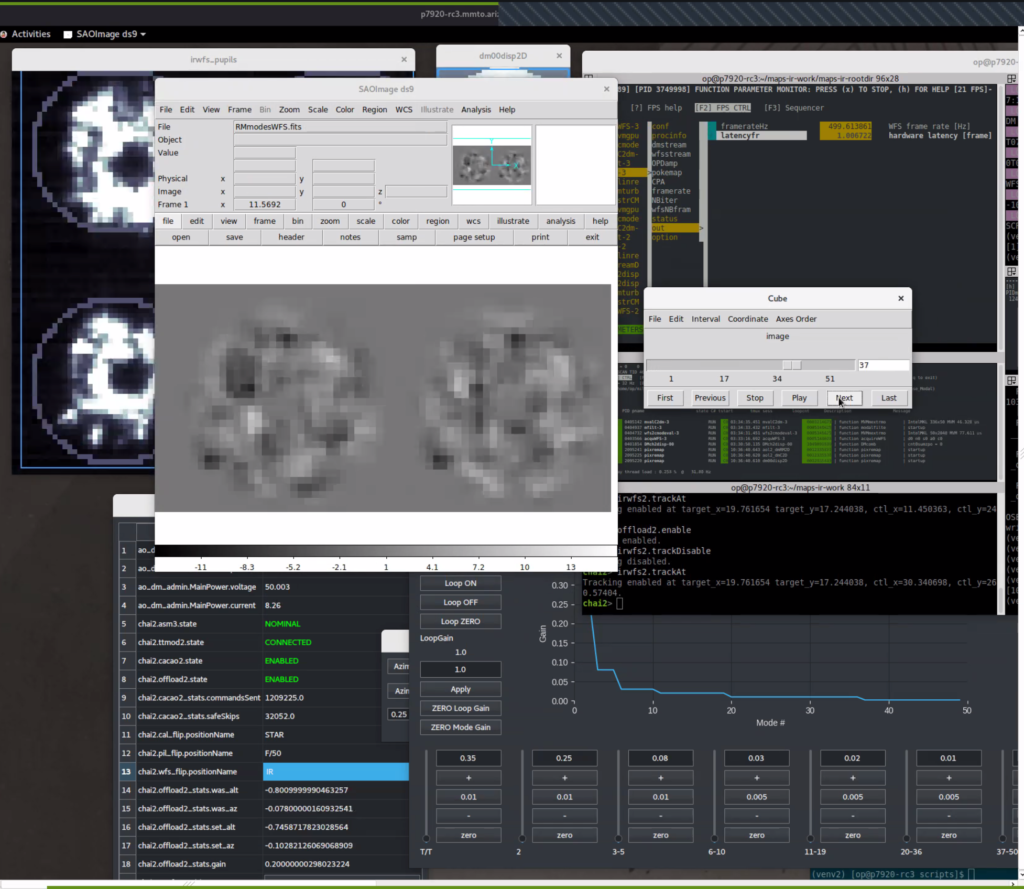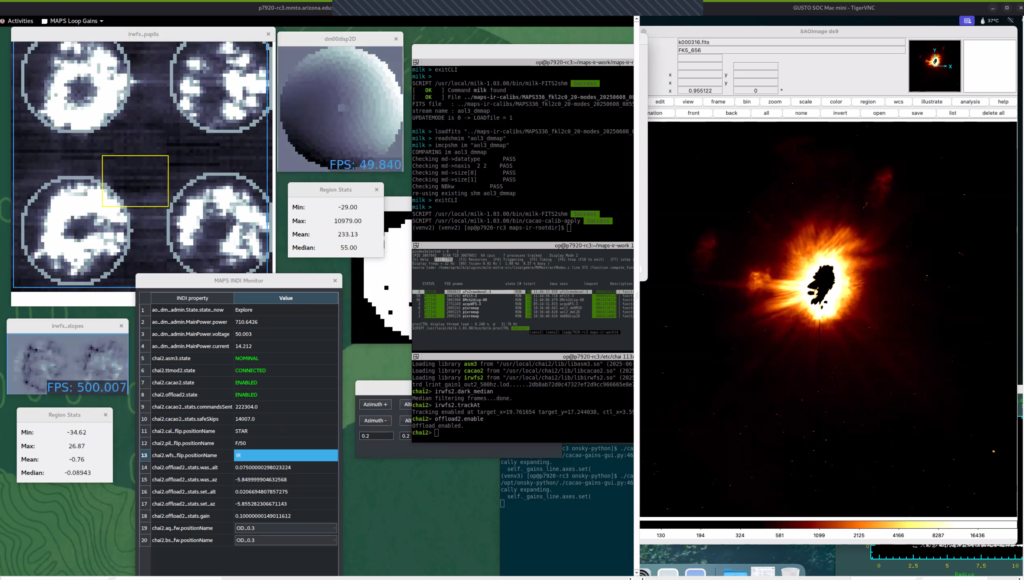Welcome to SPIE 2025: The Optics and Photonics version (not to be confused with the astronomical instrumentation version which happens every other year)!
We welcome you back to sunny San Diego, where I spent my first day in the airport because I initially thought that the conference began on a Monday. Instead, I was running circles around the San Diego airport (quite literally because the San Diego airport is a circle).
Following this adventure, I delivered a very special package to one Sebastiaan Haffert containing multiple MagAO-X masks.

And thus dear reader, this brings us to Day 1 (2) of the conference.
SPIE Day 1 2: Makes Sense
Today’s talks were of a sensitive nature…the wavefront sensing variety, that is. Kevin Derby of the famed University of Arizona Space Astrophysics Lab gave a talk on full-field phase retrieval (say that 3 times fast) for a space telescope.
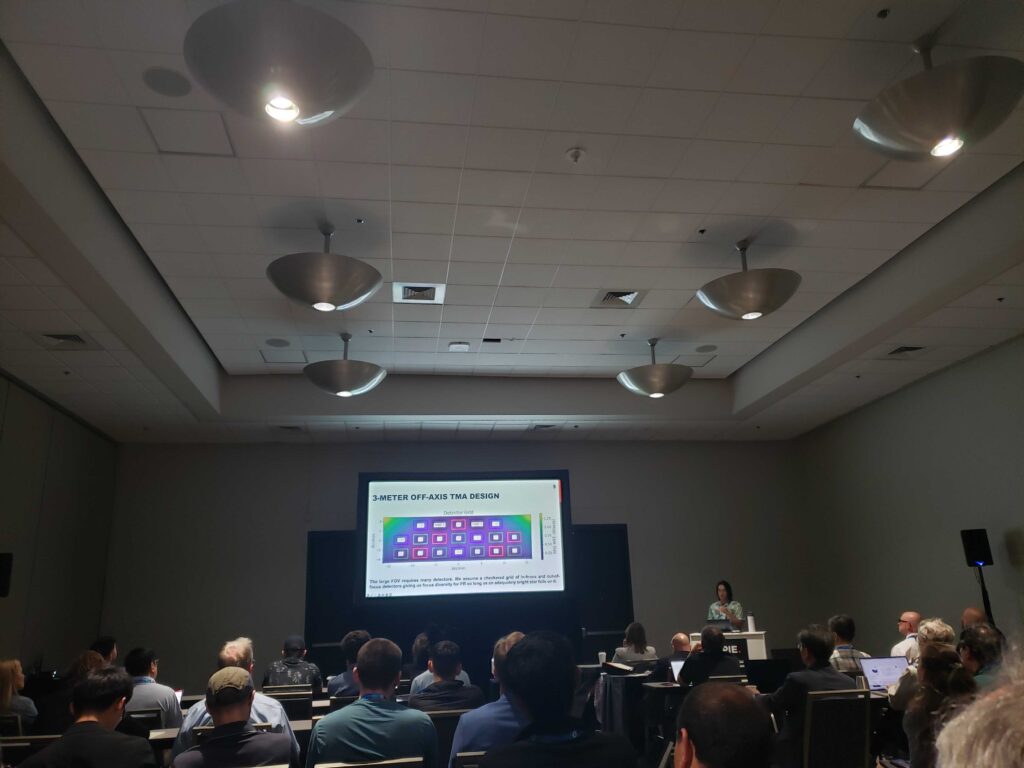
Rico then made waves (or reconstructed wavefronts) with the one and only MagAO-X talk of SPIE 2025.
I did my best to spread the gospel of the spatially-clipped self coherent camera:
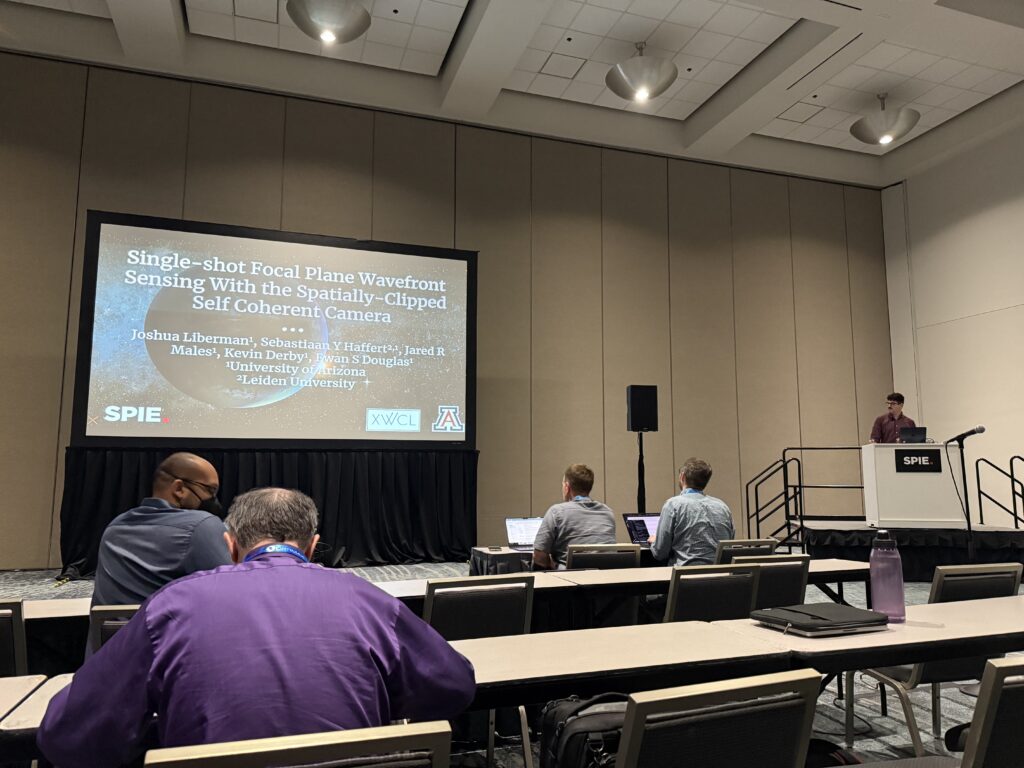
In the evening poster session, Rodrigo did a masterful job presenting MagAO-X’s latest and greatest addition:
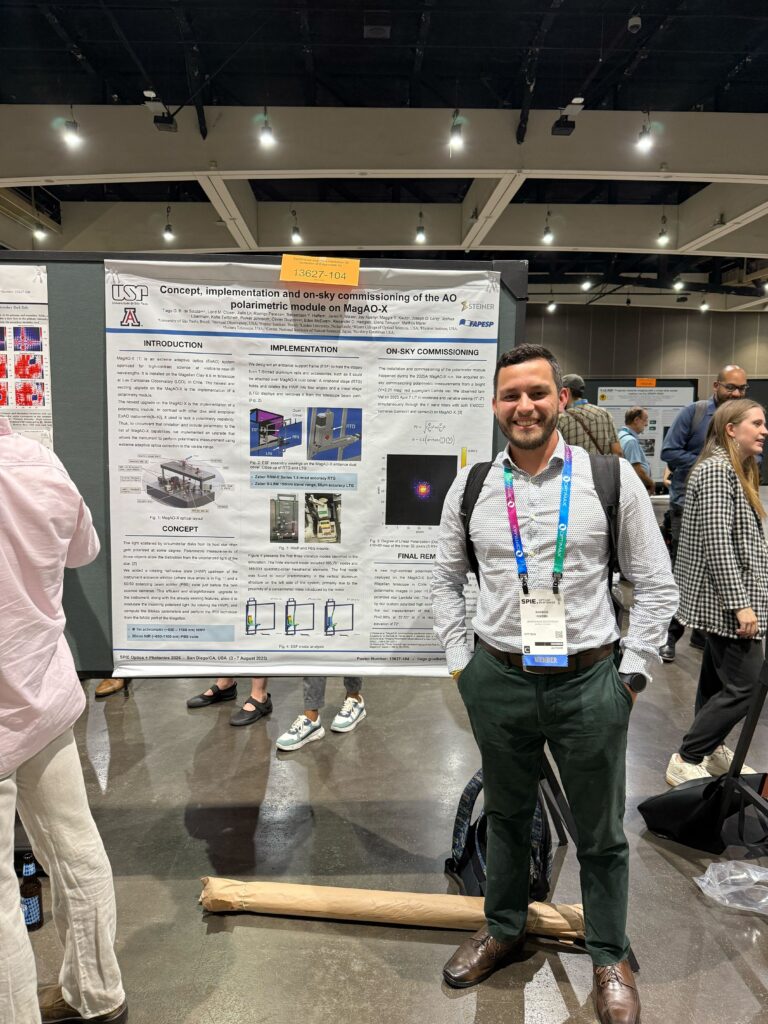
After all of this presenting, it was time for a noteworthy celebration which involved dancing inflatable sharks, a blow-up igloo, penguin cupcakes, and steel pan covers of classic pop songs. Before you ask, this was not Katy Perry’s 2015 Super Bowl Halftime Show.
It was the iconic SPIE Welcome Reception!

SPIE Day 2 3: Cats + Dogs + Pi
We may not be in Antofagasta but this conference has gone to the dogs (or rather, the cats). The second not Sunday of SPIE featured a talk on the MEOW survey of directly imaged white dwarfs. Naturally, if the survey is named after an animal and concerns white dwarfs, Logan is involved.
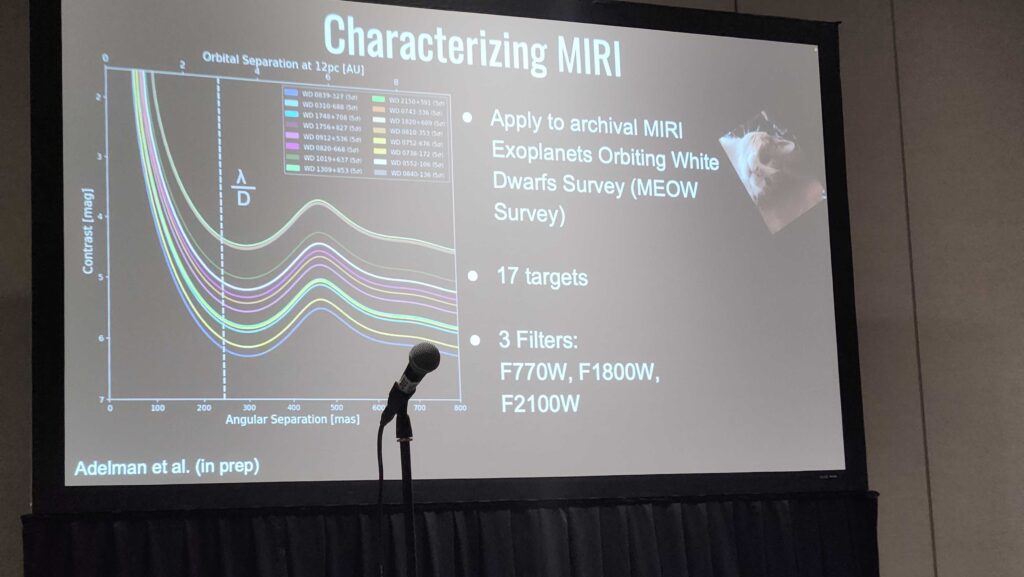
Elisabeth Arcadi from Macquarie University then gave us a lesson on photonic nulling interferometry using tasty baked goods:
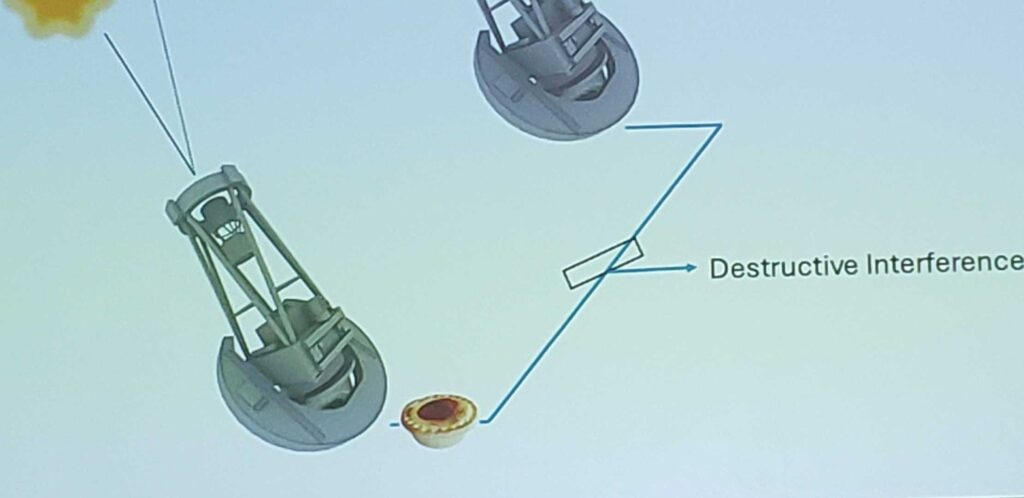
SPIE Day 3 4: ExAO at the Plenary + PDS 70 + Aliens + Telescopes in Space + Dune:
The third not Sunday began with Arizona astronomy being featured front and center in the plenary session courtesy of Buell:
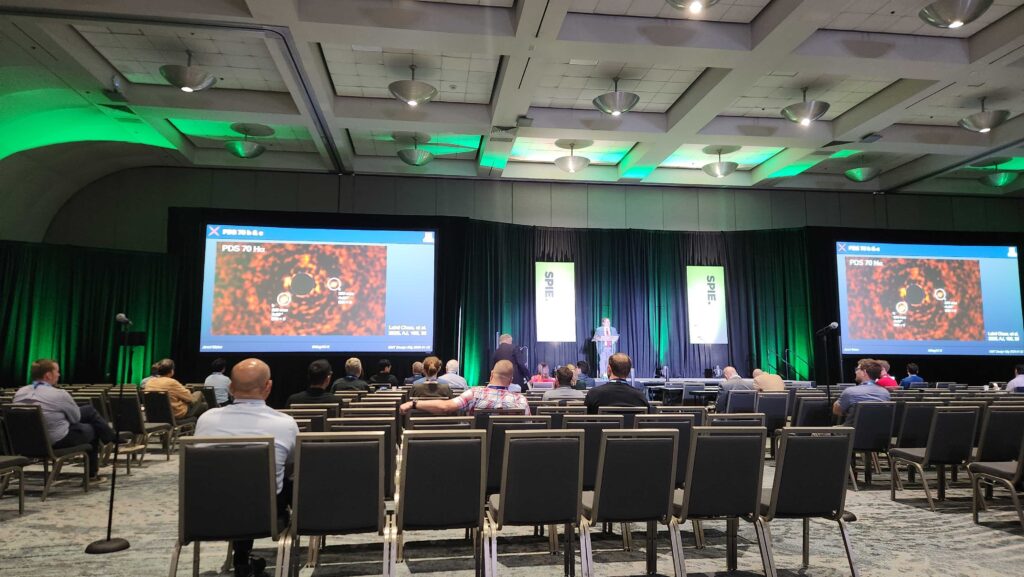
Buell then showcased everyone’s favorite instrument:
GMagAO, GMTAO-X, GMagAO-X, MagAO, VisAO, MagAO-X (formerly known as MagAO), Not SceXAO, That Box With a lot of Stickers, MagAO-X!
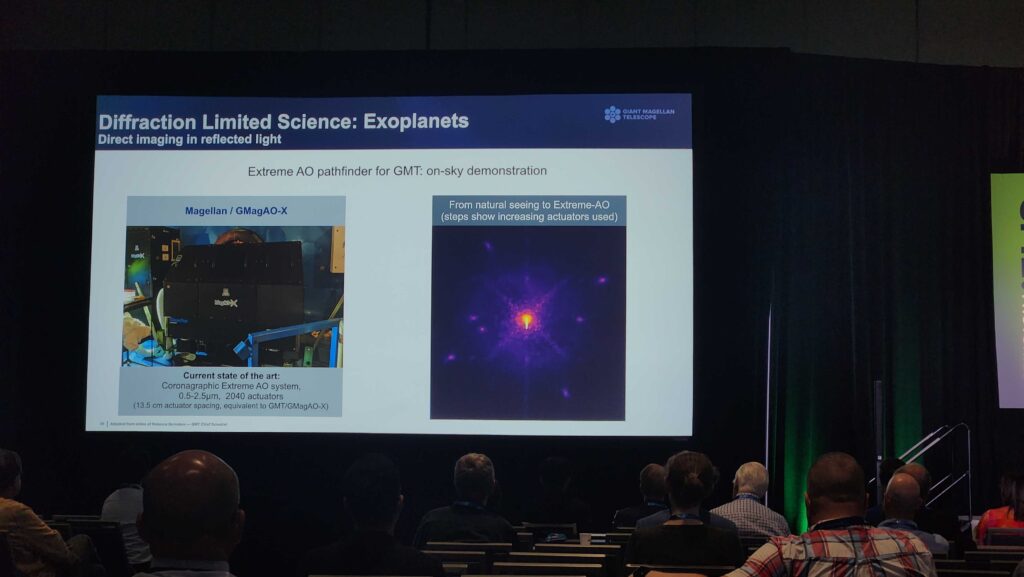
Buell gave the audience an overview of all the cool work being done at Steward both on the ground and in space!
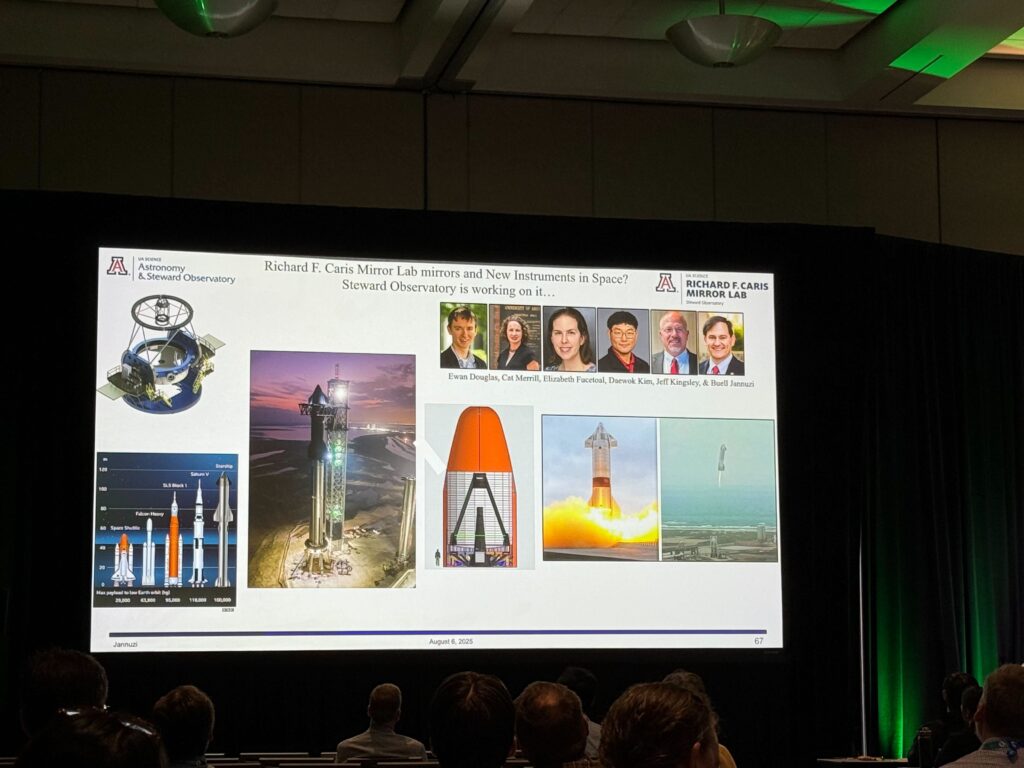
We then heard from Dr. Sug-Whan Kim who gave us a fascinating overview of Korea’s history in astronomical optics. Dr. Kim ended his plenary in the way that every talk should end: with a Dune reference.
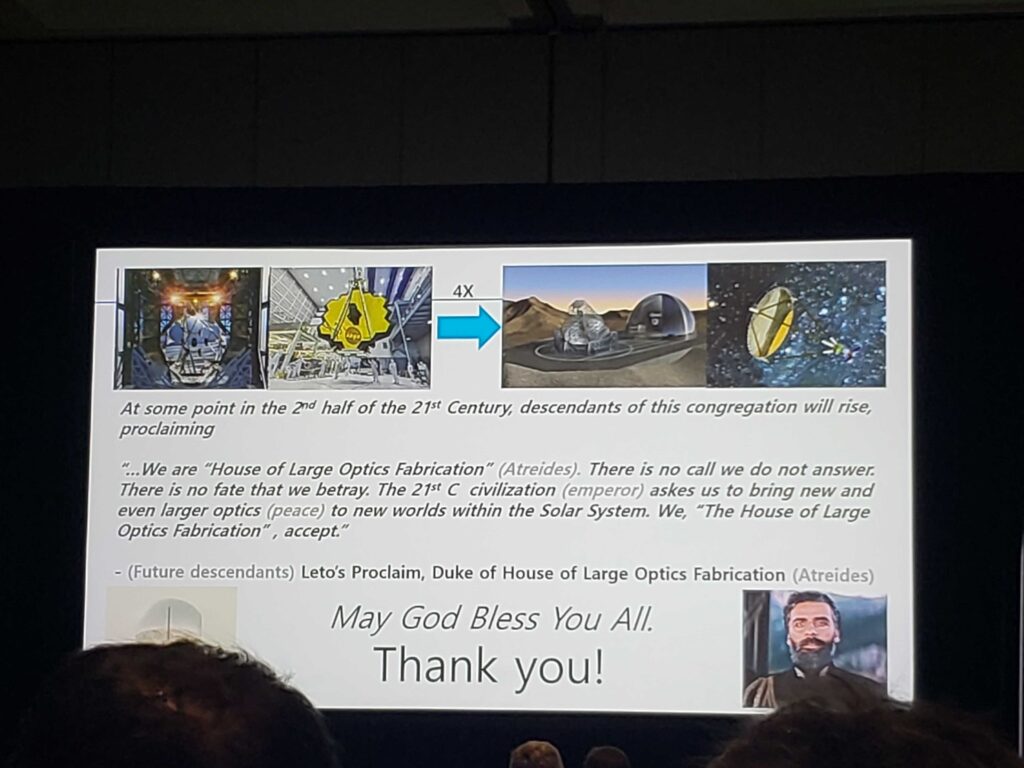
Ramya then gave a great talk on PUFFINS (not the critically acclaimed cereal but the future UV polarimetry mission)!
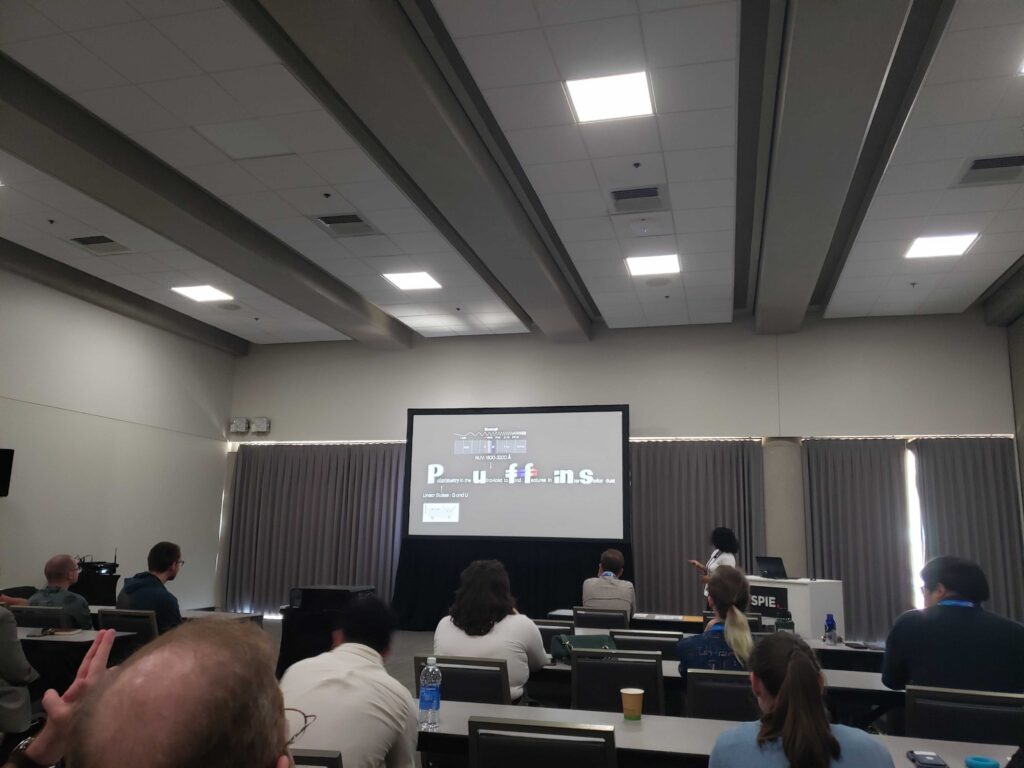
SPIE Day 4 5: Dark Hole Day
The fourth not Sunday was International Dark Hole Day (I declared it so), featuring some pretty far out dark holes from Rus Belikov:
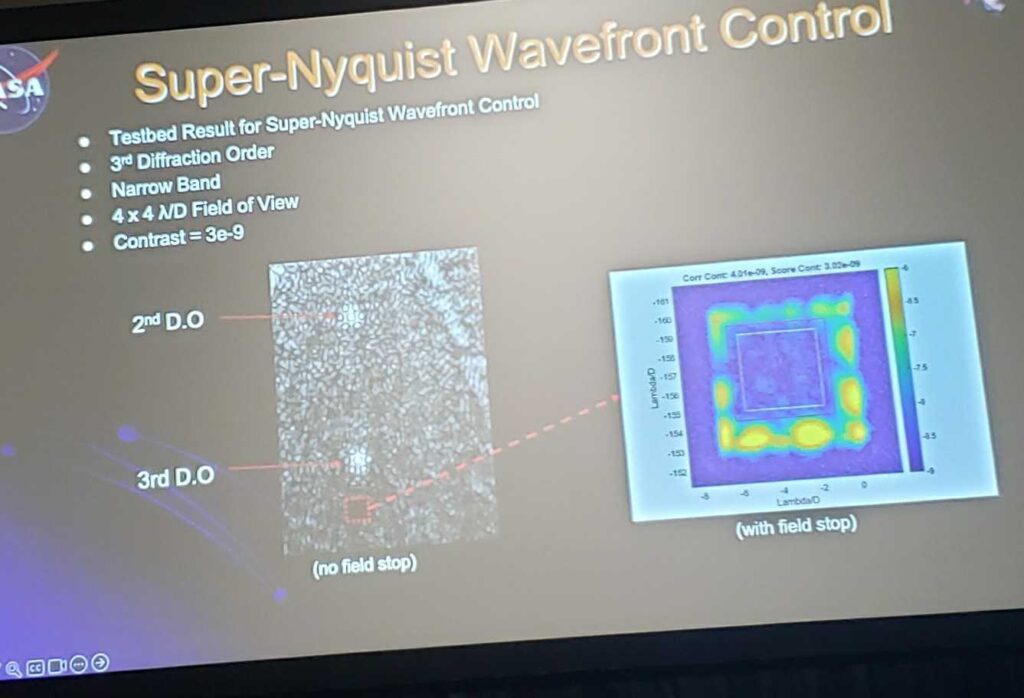
I spent a good portion of this day on the beach.
The beach in question:

SPIE Day 5 6: Need a vortex coronagraph?
On the fifth not-Sunday of SPIE, the conference gave to me…multiple vortex coronagraph talks! Unrelated, but I also bought 2 shirts this morning because I started running low.
Sebastiaan? Vortex talk.
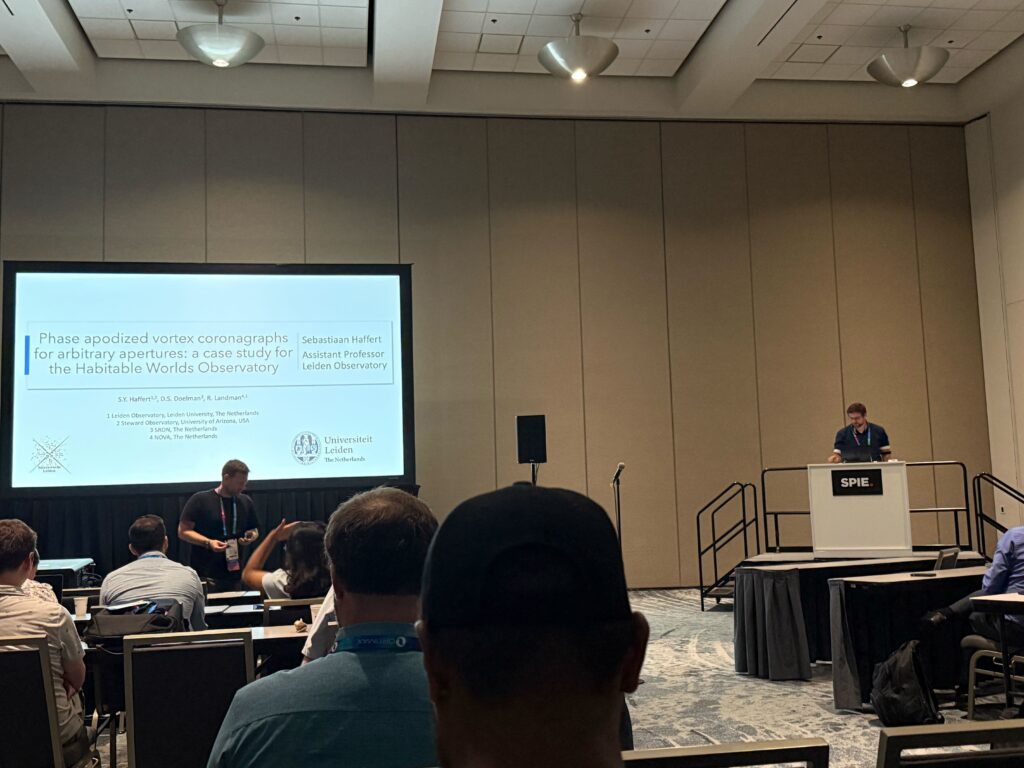
Rico? Vortex talk.
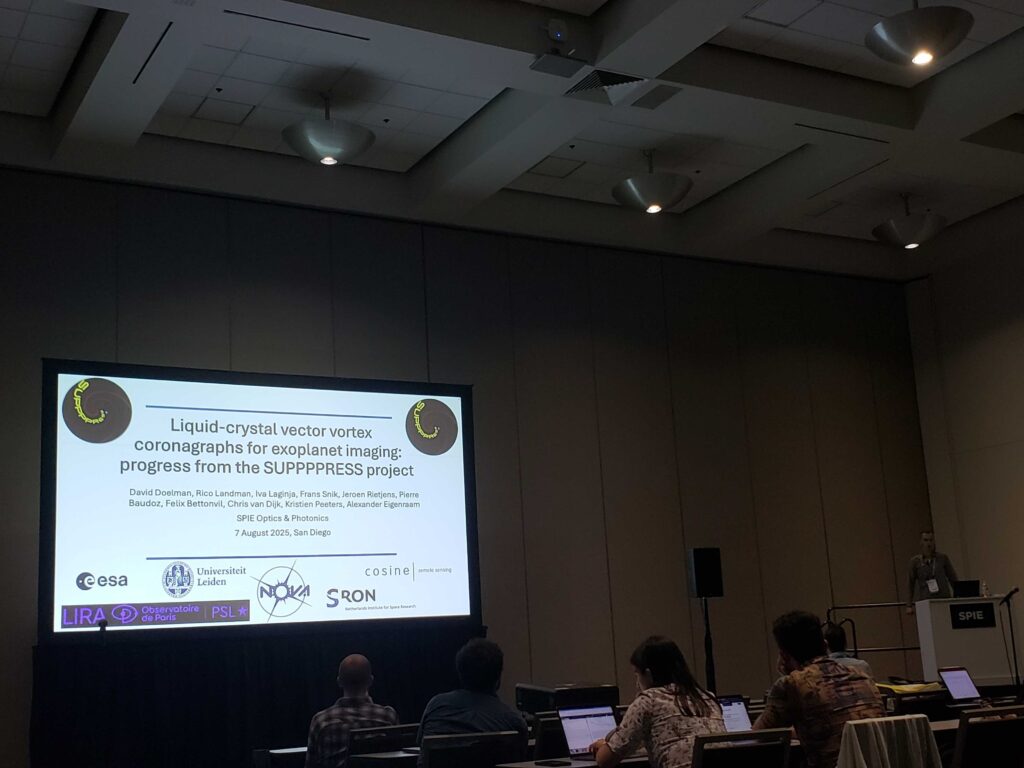
Iva? Not a vortex talk, but this was a pretty cool wavefront control GUI from her talk on the THD2 high contrast imaging testbed:
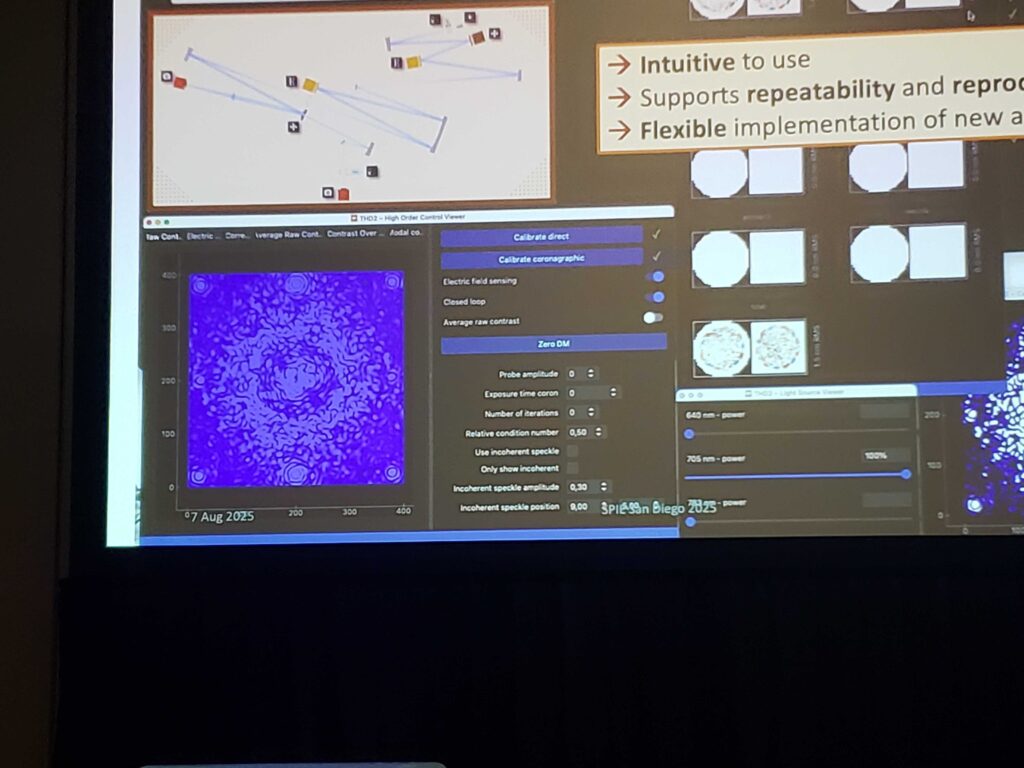
Finally, I ended the conference with a plate of loaded fries:

Song of the Day:
